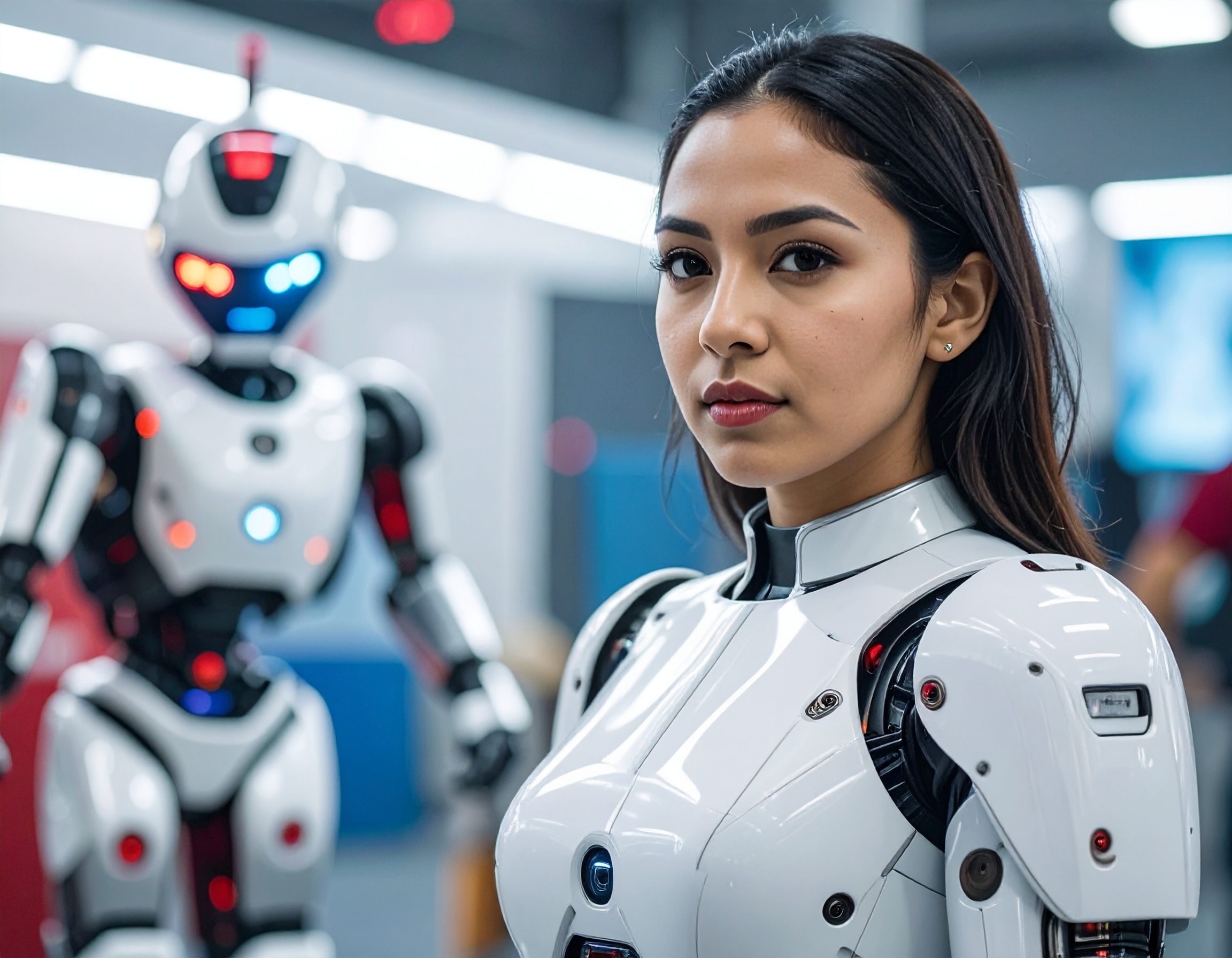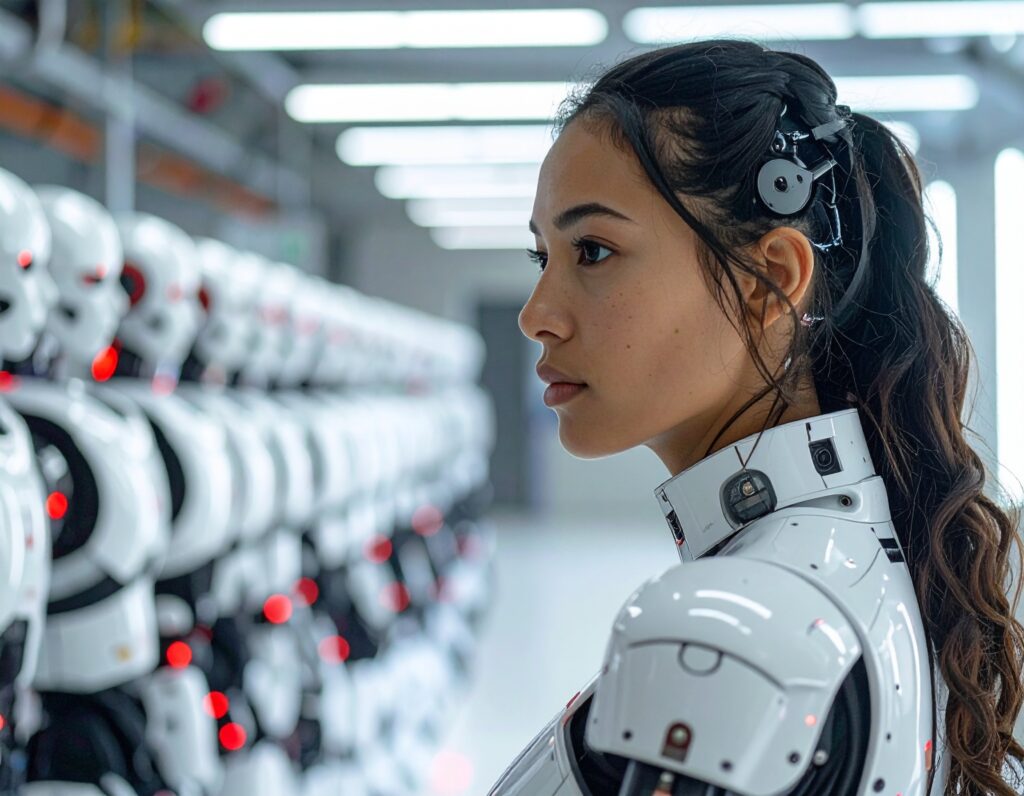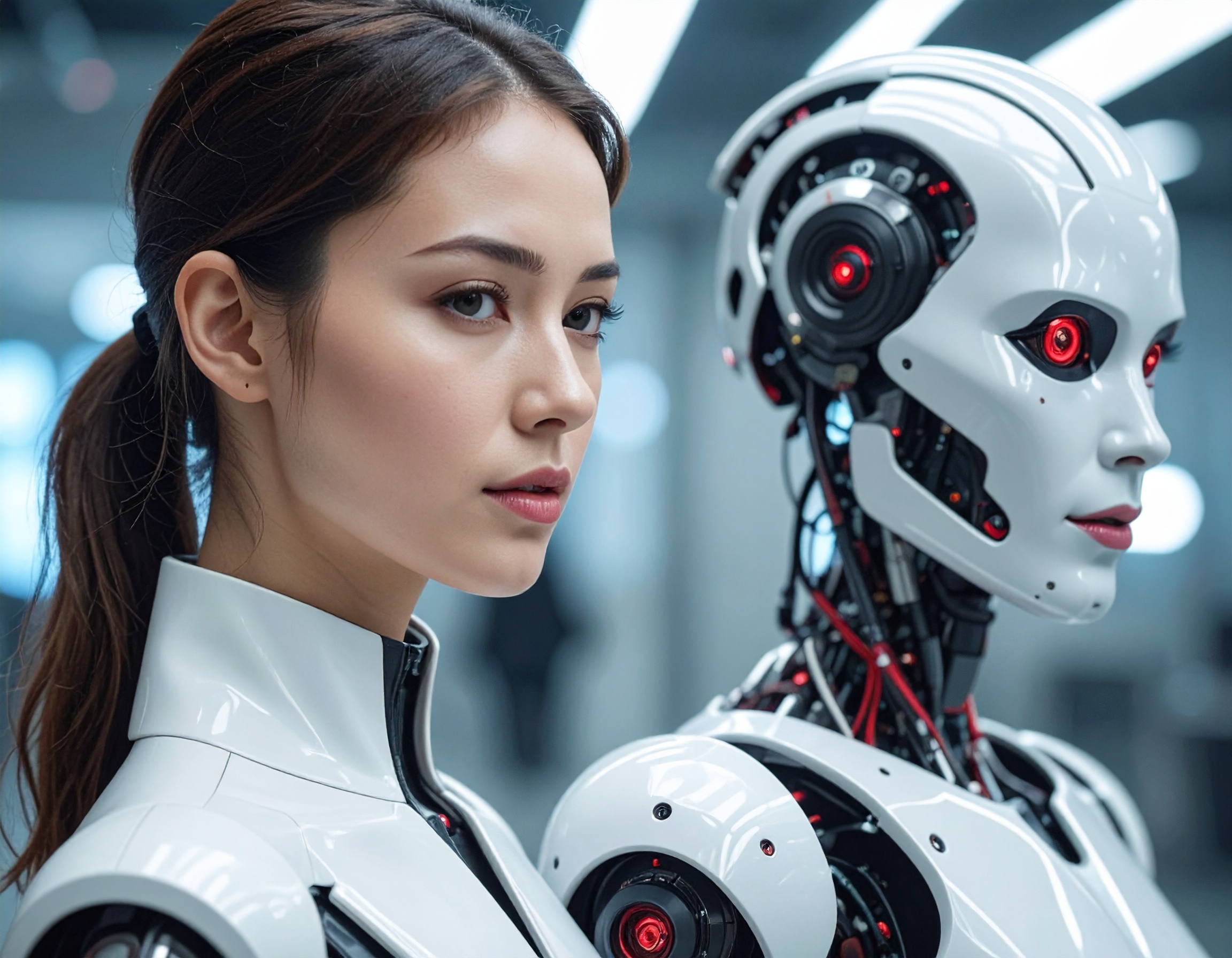AI Employees vs. Human-Like Robots: The Global Race for Non-Human Workers Heats Up

Global Competition in Humanoid Robotics
As of September 30, 2025, the competition in humanoid robotics has intensified, with the United States and China emerging as the primary contenders. Jonathan Hurst, co-founder of Agility Robotics, a U.S.-based startup, has highlighted the rapid advancements of Chinese humanoid robots. However, he points out that while these robots are progressing quickly, they still fall short in functionality compared to their counterparts in the U.S.
China’s Rapid Progress
Chinese robotics firms are accelerating their development of humanoid robots, embracing modularization to enhance adaptability. For instance, Beijing recently hosted its first robot half-marathon, showcasing the capabilities of these robots in real-world scenarios. This event underscores China’s commitment to advancing humanoid robotics and integrating them into various sectors.

U.S. Perspective: Focus on Functionality
From the U.S. perspective, the emphasis remains on the functionality and practical applications of humanoid robots. Agility Robotics, for example, is concentrating on developing robots that can perform tasks effectively in diverse environments. While acknowledging China’s progress, Hurst suggests that the U.S. approach focuses more on ensuring that robots can operate efficiently and safely in real-world settings.
Implications for the Future
The ongoing developments in humanoid robotics have significant implications for various industries, including manufacturing, healthcare, and customer service. As both nations continue to invest in this technology, the global landscape of non-human workers is poised to evolve, potentially leading to increased automation and changes in labor dynamics worldwide.
Key Highlights:
- The U.S. and China are leading the competition in humanoid robotics.
- Chinese firms are rapidly advancing, with events like Beijing’s robot half-marathon showcasing their progress.
- The U.S. emphasizes functionality and real-world applications in robot development.
- Advancements in humanoid robotics could significantly impact various industries and labor markets.
Reference:
https://www.digitimes.com/news/a20250926PD232/robot-competition-robotics-startup-capacity.html


